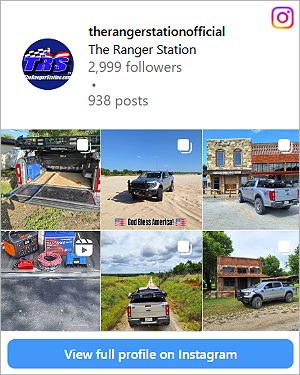Jim Oaks
Just some guy with a website
Administrator
Founder / Site Owner
Supporting Vendor
Article Contributor
TRS Banner 2010-2011
TRS Banner 2012-2015
TRS 20th Anniversary
VAGABOND
TRS Event Participant
GMRS Radio License
TRS 25th Anniversary
- Joined
- Aug 2, 2000
- Messages
- 15,128
- Age
- 57
- City
- Nocona
- State - Country
- TX - USA
- Other
- 2005 Jaguar XJ8
- Vehicle Year
- 2021
- Vehicle
- Ford Ranger
- Drive
- 4WD
- Engine
- 2.3 EcoBoost
- Transmission
- Automatic
- Total Lift
- 3.5-inches
- Tire Size
- 295/70/17
When I replaced the bad V-8 in the Bronco II that I bought with the 302 out of my old Ranger, I removed the amp guage from the dash and just spiced the wires together.
When I finally got this thing running and was checking the guages, I noticed it was cranking out like 16-17 volts!
I replaced the voltage regulator with another one I had and it was fine for a minute or two, and then krept back up to 16-17 volts.
Is there some kind of resistance in the Amp guage that it won't let me just remove it and connect the wires together???
In case your wondering, I removed the Gen I dash and put in a Gen II dash that had a voltage guage, not amp guage.
Thanks.
When I finally got this thing running and was checking the guages, I noticed it was cranking out like 16-17 volts!
I replaced the voltage regulator with another one I had and it was fine for a minute or two, and then krept back up to 16-17 volts.
Is there some kind of resistance in the Amp guage that it won't let me just remove it and connect the wires together???
In case your wondering, I removed the Gen I dash and put in a Gen II dash that had a voltage guage, not amp guage.
Thanks.













